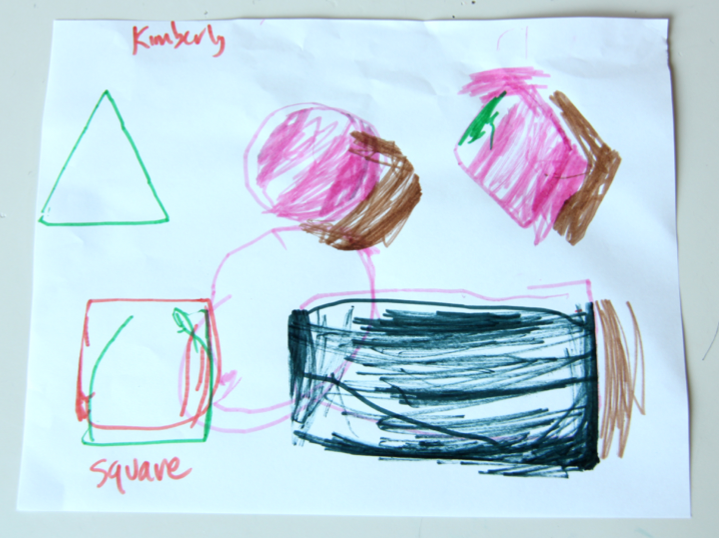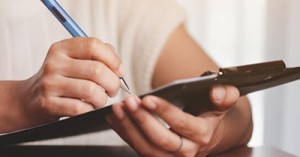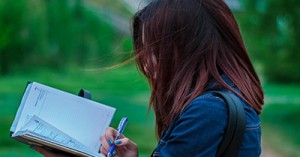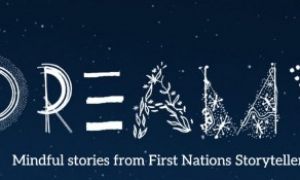Collecting work samples from each child is an effective documentation strategy that educators can save for portfolios. These samples can relate to the child's development or link to curriculum objectives.
Work samples can include writing or drawing tools such as drawings, cuttings, paintings, collages, writing samples, and photographs of construction projects.
Purpose Of Collecting Work Samples
Children’s original work samples are strong evidence that can be used to determine the child’s developing cognitive and creative abilities. Over time, as you view the child’s collection of work samples, you are able to physically see the distance travelled in each child’s learning and development. It enables you a the Educator to learn something new about the child’s emerging abilities and interests.
When using samples of early writing, this will help you know how children are progressing in a number of areas. Here are some examples:
- Literacy—knowledge of the alphabet and print, emergent writing
- Mathematics—number concepts and quantities, geometry
- Physical—fine motor coordination
- Cognitive—attention, representation
Examples Of Work Sample Observation
Once you have collected the child's work sample, you can include interpretations from the child, ideas theories, circumstances surrounding the experience, a description etc. By adding additional information, observations or brief comments to the child's work samples enhances the meanings behind the work that was created and link these to framework or areas of development.
Sample 1:

From this drawing, someone might conclude:
- The child can draw a body with arms and legs.
- The child’s drawing indicates an interest in sports, specifically the Seahawks.
Sample 2:

Sample 3:

Explanation of Sample 2: Kimberly likely knew she had drawn a square, since that writing looks like an adult’s labelling. If true, a date and a note from the educator explaining that, if true, on a sticky or on the back of the drawing would make the sample more useful.
Explanation of Sample 3: This child appears to have drawn a lot of ants together, based on an adult label. To possibly confirm that the child understands that ants live in groups or colonies, an educator could write down a child’s description of the drawing. The child appears to have drawn legs and other body parts. Again, asking the child to describe more about the drawing would help assess a child’s knowledge of the body parts of ants.
Both samples could also give information about children’s drawing abilities.
Collecting work samples over time is likely to show the child's effort, progress and achievement and is an authentic piece of documentation.
References:
- Work Samples, Early Edu
- Documenting Children's Learning Examples, Connect FDC
- A Closer Look at Observation Methods, Tools and Techniques, Social Science Libre Texts







 Here is the list of the EYLF Learning Outcomes that you can use as a guide or reference for your documentation and planning. The EYLF
Here is the list of the EYLF Learning Outcomes that you can use as a guide or reference for your documentation and planning. The EYLF The EYLF is a guide which consists of Principles, Practices and 5 main Learning Outcomes along with each of their sub outcomes, based on identity,
The EYLF is a guide which consists of Principles, Practices and 5 main Learning Outcomes along with each of their sub outcomes, based on identity, This is a guide on How to Write a Learning Story. It provides information on What Is A Learning Story, Writing A Learning Story, Sample
This is a guide on How to Write a Learning Story. It provides information on What Is A Learning Story, Writing A Learning Story, Sample One of the most important types of documentation methods that educators needs to be familiar with are “observations”. Observations are crucial for all early childhood
One of the most important types of documentation methods that educators needs to be familiar with are “observations”. Observations are crucial for all early childhood To support children achieve learning outcomes from the EYLF Framework, the following list gives educators examples of how to promote children's learning in each individual
To support children achieve learning outcomes from the EYLF Framework, the following list gives educators examples of how to promote children's learning in each individual Reflective practice is learning from everyday situations and issues and concerns that arise which form part of our daily routine while working in an early
Reflective practice is learning from everyday situations and issues and concerns that arise which form part of our daily routine while working in an early Within Australia, Programming and Planning is reflected and supported by the Early Years Learning Framework. Educators within early childhood settings, use the EYLF to guide
Within Australia, Programming and Planning is reflected and supported by the Early Years Learning Framework. Educators within early childhood settings, use the EYLF to guide When observing children, it's important that we use a range of different observation methods from running records, learning stories to photographs and work samples. Using
When observing children, it's important that we use a range of different observation methods from running records, learning stories to photographs and work samples. Using This is a guide for educators on what to observe under each sub learning outcome from the EYLF Framework, when a child is engaged in
This is a guide for educators on what to observe under each sub learning outcome from the EYLF Framework, when a child is engaged in The Early Years Learning Framework describes the curriculum as “all the interactions, experiences, activities, routines and events, planned and unplanned, that occur in an environment
The Early Years Learning Framework describes the curriculum as “all the interactions, experiences, activities, routines and events, planned and unplanned, that occur in an environment


